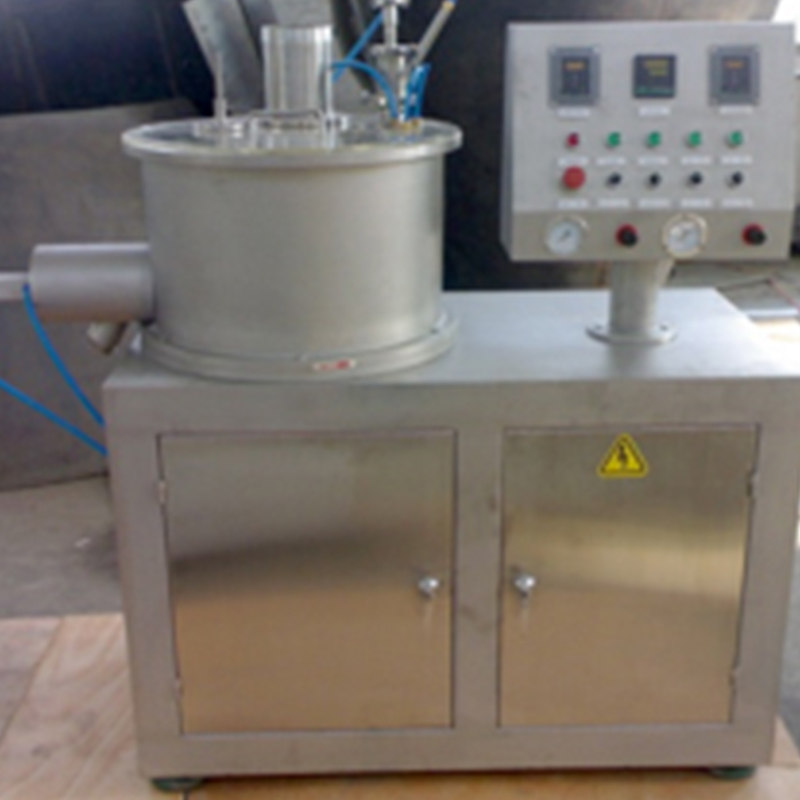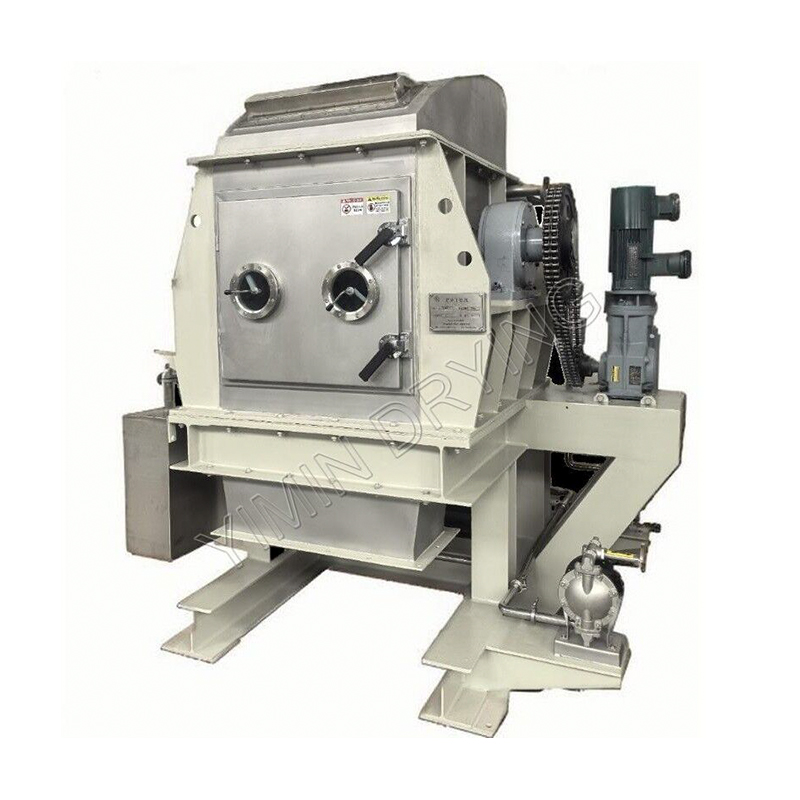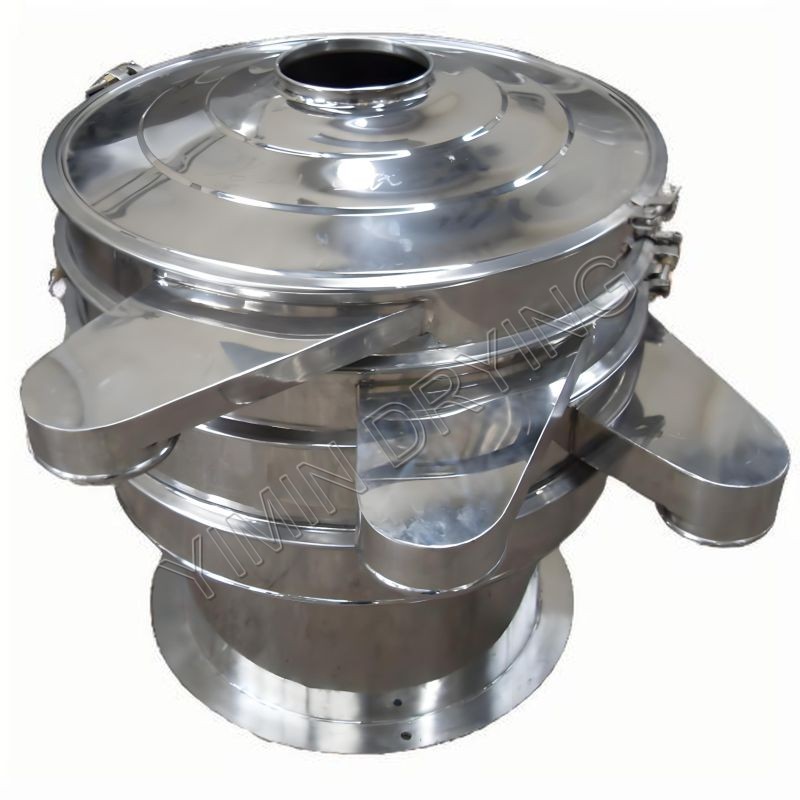Pellets Granulator: A Journey from Raw Material to Pellets
A pellets granulator, also known as a granulating machine, is a key piece of industrial equipment that converts powders or fine materials into uniform, dense pellets. It's widely used in various industries, including feed, fertilizer, biomass energy, chemicals, and pharmaceuticals. This technology is essential for improving product quality and making products easier to transport and store.
The Core Principle: Transforming Powder into Something Magical
Simply put, a granulator works by using mechanical, thermal, or chemical action to compress and bind loose powdered materials into pellets of a specific shape and size.
Its core components typically include:
-
Feeding System: Delivers the material to be processed into the granulation chamber steadily and uniformly.
-
Granulation Chamber: This is the "heart" where pellets are formed. Its internal structure varies depending on the granulation method, and it might contain pressure rollers, dies, or mixing blades.
-
Drive System: Provides the powerful force needed for an efficient and stable granulation process.
-
Discharge System: Ejects the formed pellets and may include subsequent processes like screening and cooling.
Common Granulation Technologies: Specialized for Different Needs
Granulation technology is not one-size-fits-all. It comes in various types, depending on the material properties and final product requirements:
-
Extrusion Granulation: This is one of the most common methods. The material is forced through a die under high pressure, forming cylindrical or rod-shaped pellets, which are then cut to the desired length. This method produces high-density, high-strength pellets and is often used for producing feed and wood pellets.
-
Pan Granulation: Also known as a disc granulator, this method involves spraying water or a binding agent onto the material on a tilted, rotating disc. As the material tumbles, it gradually forms spherical pellets. This technology is simple to operate and produces uniform spherical pellets, though their strength is relatively lower.
-
Drum Granulation: Similar to pan granulation, but using a horizontally rotating drum. The material tumbles, binds, and forms pellets inside the drum, making it suitable for large-scale production.
-
Mixing Granulation: The material is thoroughly mixed with a binder by a high-speed mixer to form granules. This flexible method can handle various materials and is particularly suitable for the pharmaceutical and chemical industries.
-
Fluidized Bed Granulation: The material is suspended in a fluidized bed while a binder is sprayed onto it, causing the particles to stick together. This technique allows for precise control of pellet size and shape and is often used in the pharmaceutical and food industries.

Synonyms for Granulator: Different Ways of Saying the Same Thing
In professional fields, various terms are often used to describe the same equipment or its function. Besides pellets granulator, you may also come across these synonyms:
-
Granulating machine: This is the most general and direct term, referring to all types of granulation equipment.
-
Pellet mill: Specifically refers to equipment used for producing feed pellets or biomass fuel, typically using extrusion granulation technology.
-
Briquetting press: Primarily used to compress powdered material into blocks or larger pellets, usually for high-density materials like coal and minerals.
-
Agglomerator: A broader term that refers to any equipment or process that causes fine particles or powder to gather into larger particles.
-
Granulator: A concise term that can often be used as a shorter version of pellets granulator.
Choosing the Right Granulator: Not a One-Size-Fits-All Decision
Selecting the right granulating machine requires considering several factors:
-
Material Properties: Is the material a powder, liquid, or slurry? Is it easy to bind, flammable, or explosive?
-
Production Capacity: Do you need small-batch or large-scale continuous production?
-
Pellet Requirements: What shape, size, density, and strength are needed?
-
Budget: What are your costs for equipment investment, operation, and maintenance?
An excellent pellet mill can do more than just convert raw materials into high-quality pellets; it can also boost production efficiency, reduce material waste, and create greater economic value. Whether in agriculture, energy, or chemicals, a pellets granulator plays a vital role as an indispensable "magician" in modern industrial production.



 English
English русский
русский عربى
عربى Türk
Türk




